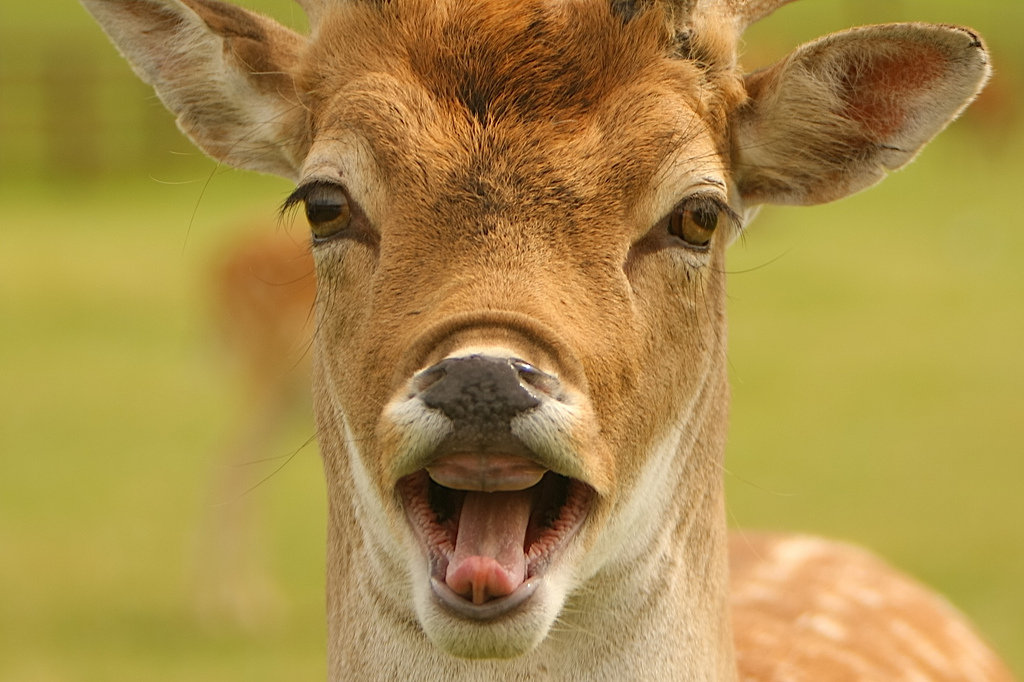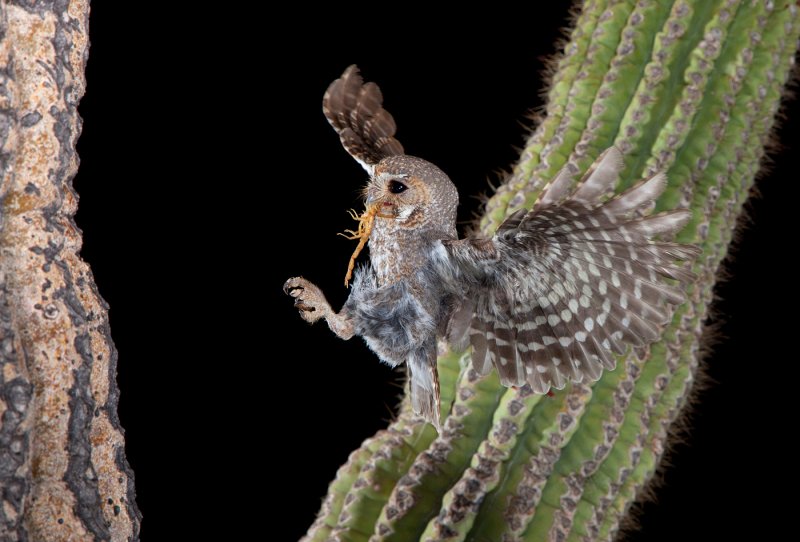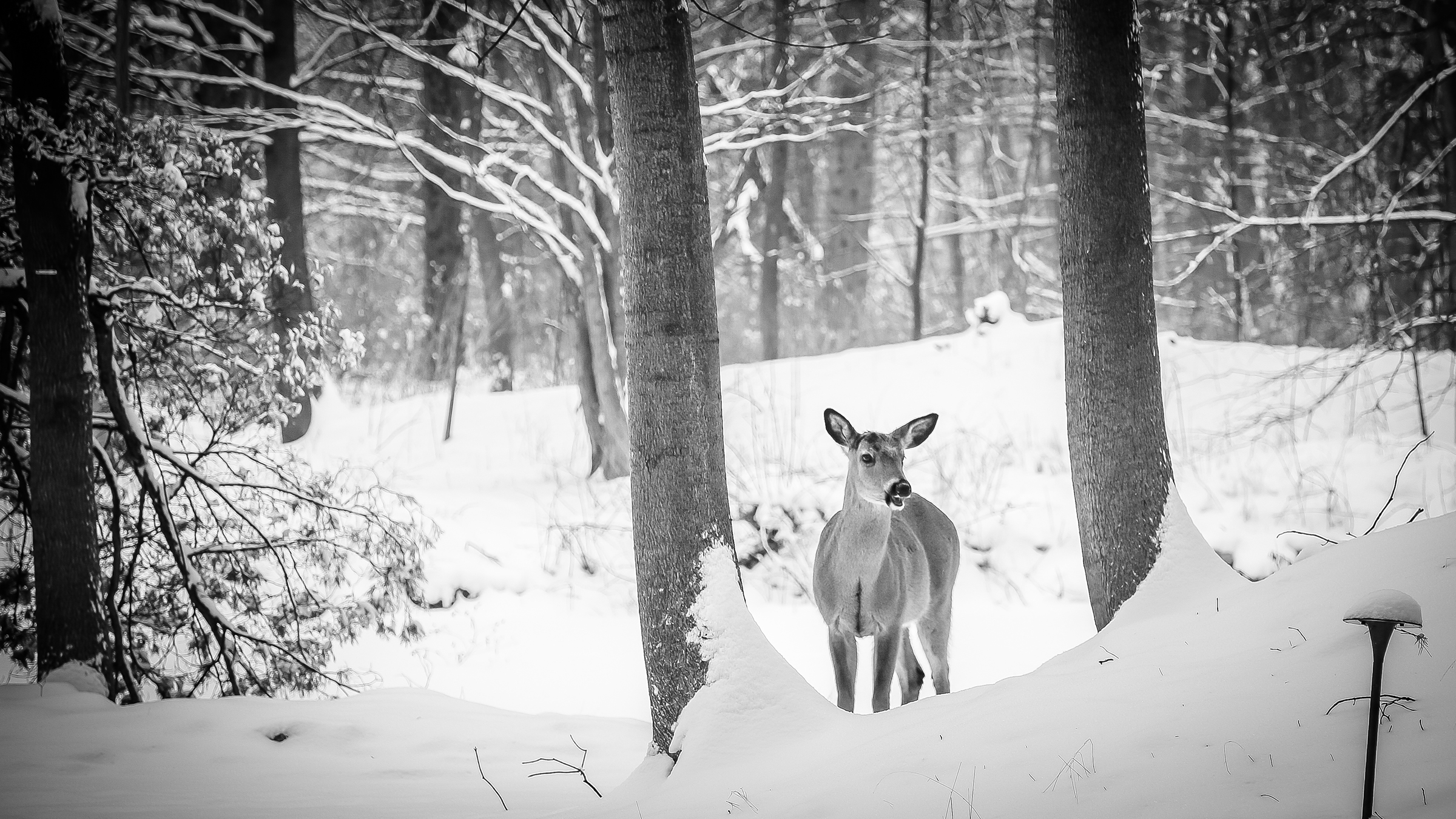
Blog
6 Deer Tracking Tips
We all know that developing your deer tracking skill takes plenty of time and training but there are a few tips you can consider, which will help you on your next hunting trip. The most important things you should keep in mind are wind direction and scent, as deer have a highly developed sense of smell, which is actually their best defense system, as they sense danger immediately.
So in order to increase your chances of hunting deer, scent control is the first step to take.
1. Scent
Considering the power of deer when it comes to smell, it is very important that the smell on the skin and clothes is completely eliminated. Although it seems impossible, there are ways to remove the smell. Choosing hunting clothes adapted to the weather is important to avoid sweating. If you do not use special hunting clothes you should consider storing them in a bag or tote to protect them from any odor, that can penetrate into fabrics.
Other methods to remove odors are to use scent-free detergents and soaps or even rinsing your clothes with baking soda. Sodium bicarbonate neutralizes odors, and will boost the effectiveness of the detergent.
2. Wind direction
Wind direction is closely related to smell. When the wind is blowing strongly, your smell will be carried away and your position will be betrayed.
3. Lay of the land
The importance of knowing the hunting ground is important for wind direction, because the topography of the ground influences the air currents. The scent left on the deer’s travel paths and the scent left in the feeding areas must be minimized to have a good hunt. Another very important thing is the number of stand locations for the different wind directions.
4. Silence is key
While it goes without saying that silence is important, we remind you that the noise of certain tools or uncontrolled movements (such as the noise of boots) are signals to deer that they may be in danger.
So, be careful and avoid sudden and galloping movements!
5. Deer activity
Knowing when deer are most active is also an important part of tracking. Being nocturnal animals, they are able to see at night thus having an increased protection against hunters. Most of the time, they forage at dawn or dusk. But deer are very flexible and can change their activities and sleep.
6. Adapting to rut changes
It is important that the different phases of the rut are understood for hunting to be a satisfying experience. Deer behavior changes over several weeks in several phases beginning in pre-rut and culminating in post-rut. When deer switch from the initial patterns they followed at the beginning of the hunting season to the fall patterns, the pre-hunting phase occurs. Among the rutting activities that deer perform are: wear marks on trees or branches (left by their antlers) and marks on the ground.
Recent Articles

We built our first timer over 50 years ago. With that timer, we established a constant determination to build quality products that meet our customers’ needs. This unwavering focus on quality products and excellent customer service is the foundation of Sweeney Enterprises.



